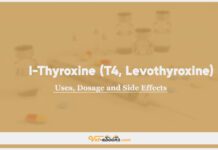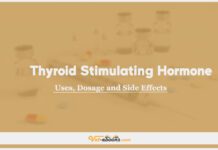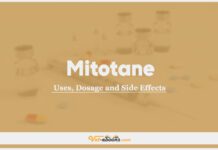Tetracosactide (Tetracosactrin, ACTH) In Dogs & Cats: Uses, Dosage and Side Effects

Contents hide
Overview
- ACTH analogue binds to specific receptors on the cell membrane of adrenocortical cells and induces the production of steroids from cholesterol.
Uses of Tetracosactide (Tetracosactrin, ACTH)
- Used to stimulate cortisol production for diagnosing hyperadrenocorticism (Cushing’s syndrome) and hypoadrenocorticism (Addison’s disease).
- See the BSAVA Manual of Canine and Feline Endocrinology for guidance on performing and interpreting the ACTH stimulation test.
- Recommend using lower doses than previously published, and if there are supply issues, reserve for diagnosing hypoadrenocorticism.
- The ACTH stimulation test’s effectiveness in monitoring hyperadrenocorticism treatment may be limited.
- The impact on cortisol production in cats is less pronounced than in dogs, requiring different reference ranges.
Dose of Tetracosactide (Tetracosactrin, ACTH) in Dogs and Cats
Dogs:
- ACTH stimulation test: 5 μg (micrograms)/kg i.v., i.m.
- The same doses may be used for the lyophilized product but must be administered i.m.
Cats:
- ACTH stimulation test: 5 μg (micrograms)/kg or 125 μg/cat. i.v., i.m.
Drug Dosage Calculator
You Should Give:
Side Effects of Tetracosactide (Tetracosactrin, ACTH) in Dogs and Cats
- Intramuscular administration tends to produce a pain reaction so i.v. is preferred.
Contraindications of Tetracosactide (Tetracosactrin, ACTH) in Dogs and Cats
- No information is available.
Tip
Do You Want To Increase Your Veterinary Knowledge and Practical Skills?
You Can Now Browse and Download +3000 Books For Veterinary Professionals & Students Online.
Download Veterinary Books


















